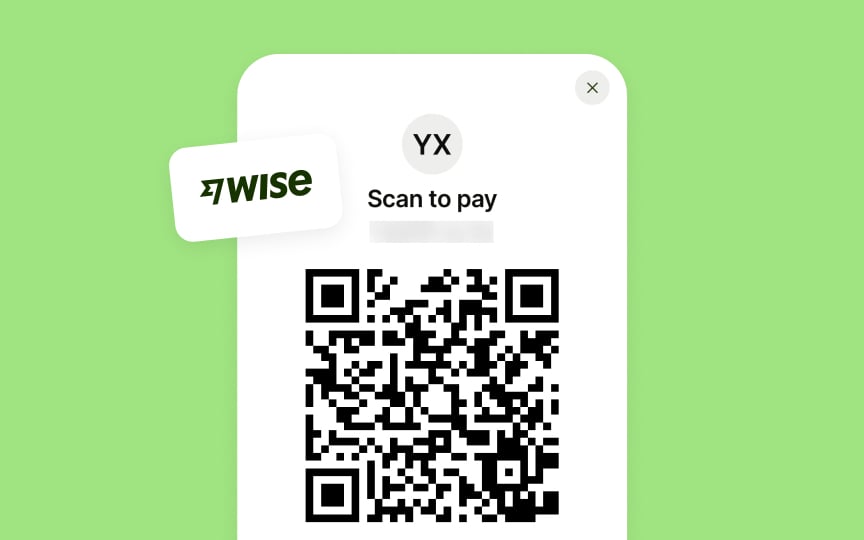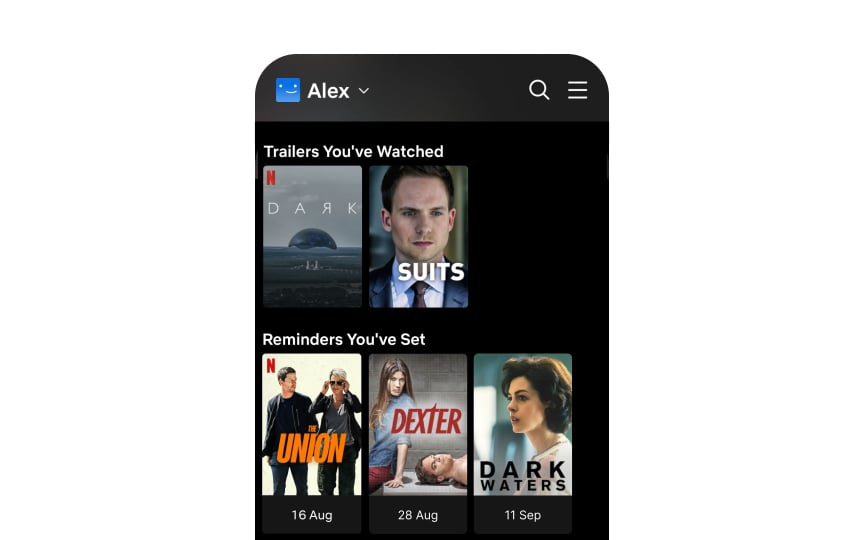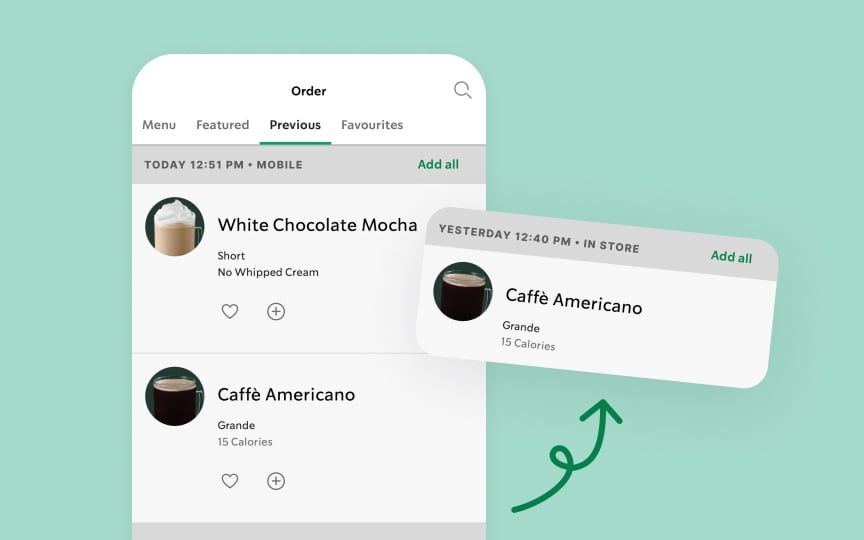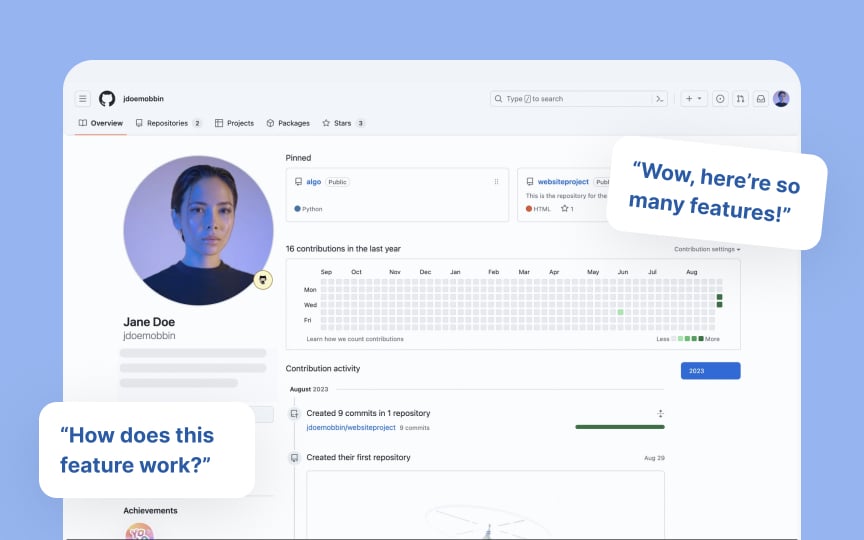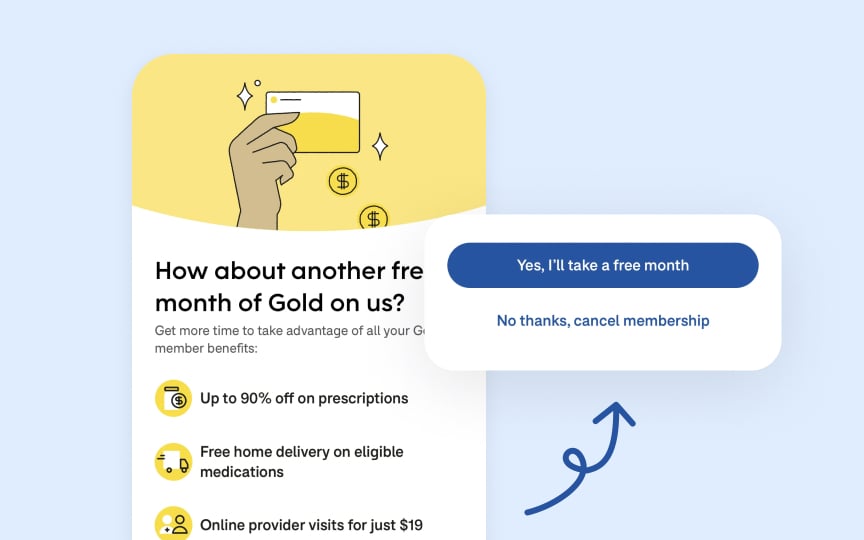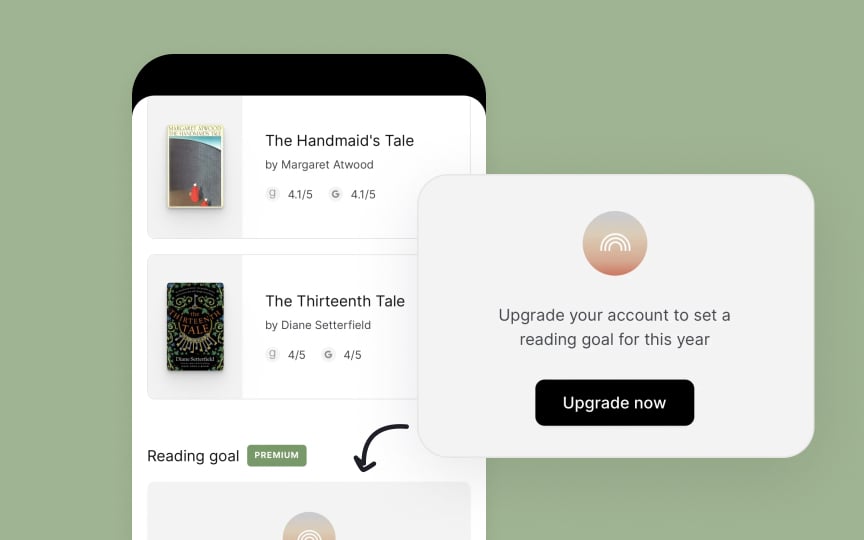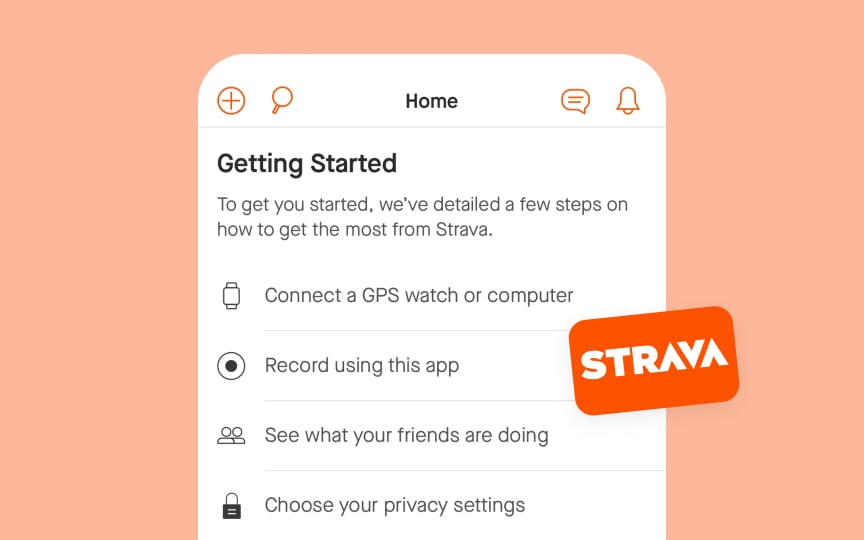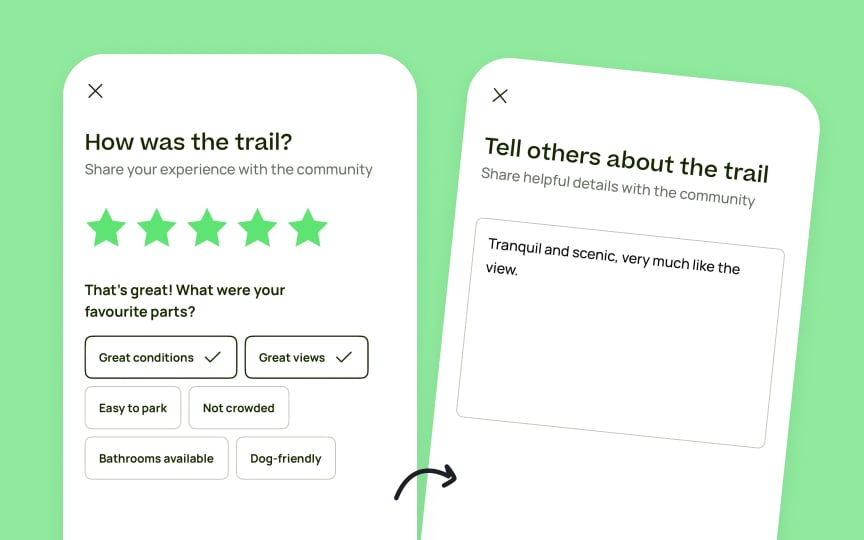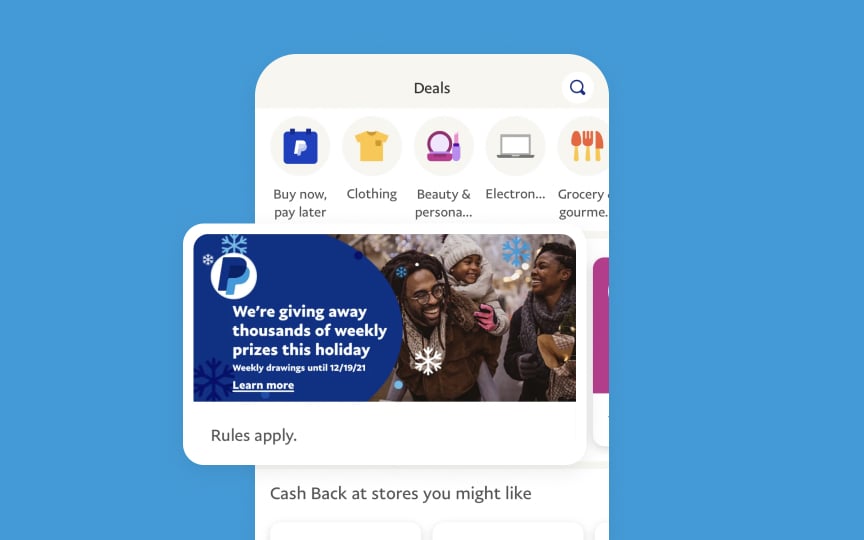Segmentation and Churn Prevention Strategies
Learn how to use customer segmentation to deliver tailored retention strategies that reduce churn and increase customer loyalty.
Effective customer segmentation is essential for applying targeted churn prevention strategies. This lesson explores how to group customers based on behavior, value, demographics, and other key factors to create personalized retention efforts. By understanding the needs and characteristics of each segment, businesses can offer tailored solutions, such as re-engagement campaigns for at-risk users or exclusive offers for high-value customers.
The lesson also covers how combining multiple segmentation methods can enhance churn prevention, allowing businesses to focus on the most relevant strategies for each group. With the right segmentation approach, companies can maximize engagement and minimize churn.
Demographic segmentation divides customers based on characteristics such as age, gender, income, education level, and occupation. By understanding the specific demographics of different customer groups, businesses can create more targeted and effective
Wise's payment interface demonstrates a potential usability gap by relying solely on QR code scanning. While QR codes offer quick functionality for tech-savvy users, they can create barriers for older users or those less comfortable with smartphone features. Without clear alternative payment methods readily visible, this design choice risks frustrating and potentially losing customers who find QR codes challenging to use.
Personalizing retention strategies based on demographic data ensures that the product and messaging resonate with each group. This approach not only addresses each segment's unique preferences and pain points but also fosters a sense of connection and relevance.
Behavioral segmentation categorizes customers based on their actions, such as purchase behavior, usage frequency, or interaction with features. This type of segmentation is particularly useful for identifying disengaged customers who are at risk of churning. For example, customers who use the product less frequently or haven’t interacted with key features in a while are prime candidates for targeted re-engagement campaigns.
Netflix demonstrates effective behavioral segmentation through its interface organization. The platform tracks viewing patterns to display tailored content and allows users to set reminders for upcoming shows, creating personalized engagement opportunities. These features help maintain user interest by making relevant content easily accessible and encouraging future interactions.
By segmenting customers based on their behavior, businesses can address disengagement early, offering personalized incentives, reminders, or educational content that encourages customers to re-engage with the product.
Pro Tip: Use analytics tools to track customer behaviors such as login frequency and feature usage, and create targeted re-engagement campaigns based on inactivity patterns.
Value-based segmentation categorizes customers based on their overall contribution to revenue, often using metrics like Customer Lifetime Value (CLTV) or average purchase size. To segment customers by value, businesses can analyze spending patterns, frequency of purchases, subscription tier, or the length of time a customer has stayed loyal to the brand. High-value customers are those who generate a significant portion of revenue or demonstrate long-term loyalty.
Once these high-value customers are identified, businesses can develop tailored
Starbucks' app demonstrates sophisticated value-based segmentation through its order history interface. By tracking detailed purchase patterns, including customizations and ordering methods (mobile vs. in-store), the platform enables quick reordering of favorite drinks while maintaining customer preferences. The "Previous" and "Favourites" tabs help frequent customers easily repeat their usual orders, encouraging loyalty through convenience.
Pro Tip: Use CLTV and purchasing behavior metrics to segment high-value customers and offer exclusive benefits that cater to their preferences.
Segmenting customers based on their product usage patterns allows businesses to identify how frequently and in what ways customers engage with the product. This segmentation focuses on dividing users into categories such as heavy users, occasional users, and inactive users. By understanding how different customers interact with the product, businesses can tailor their engagement strategies more effectively.
- Heavy users: Regularly engage with the product, utilize advanced features, and often become
brand advocates. Benefit most from early access features and premium support. - Moderate users: Show consistent but limited engagement. Respond well to feature education and personalized recommendations.
- Occasional users: Interact sporadically with the product. Need campaigns highlighting key features and success stories.
- Inactive users: Require special attention through reactivation strategies like personalized reminders or simplified experiences.
GitHub demonstrates effective usage-based segmentation through its user profile interface. The platform adapts its experience based on user activity levels: new users see helpful tutorials for basic functions, while the contribution graph and achievement badges provide motivation for regular users.
Tailoring offers based on
There are several types of tailored offers businesses can use to re-engage customers:
- Discounts: Offering a percentage off or free months for
subscription services can entice customers to stay. - Exclusive content or features: Providing early access to new features or offering premium
content at no extra cost creates a sense of exclusivity. - Tutorials or educational content: For customers who haven’t fully utilized the product’s features, targeted tutorials or onboarding refreshers can help them discover value.
- Loyalty rewards: Offering loyalty points or rewards for continued usage encourages long-term commitment.
GoodRx demonstrates effective
Pro Tip: Tailor offers like discounts, tutorials, or exclusive content based on customer behavior and segment needs to re-engage at-risk users.
Cross-selling and upselling are powerful techniques to boost customer value, and segmentation can enhance their effectiveness by tailoring offers to specific customer groups. Cross-selling involves offering complementary products or services that align with customers’ current purchases, while upselling encourages customers to upgrade or purchase a more advanced version of what they already have.
Using segmentation, businesses can create personalized cross-sell or upsell offers. Oku's reading app shows effective upselling by limiting certain features to active users. The app recognizes when users actively track their books and offers paid upgrades for additional features like reading goals. By connecting premium features to user interests, the app creates natural moments for upgrade suggestions.
Pro Tip: Review customer purchase history and suggest upgrades or complementary products directly in their next interaction.
Segmenting customers based on their lifecycle stage allows businesses to deliver targeted strategies that address the specific needs of each phase. The customer lifecycle typically includes stages such as new customers, active customers, at-risk customers, and churned customers. Each segment has distinct characteristics and requires tailored engagement strategies to maximize
For example, new customers need effective
Strava shows how to effectively engage new users at their starting stage. The app combines simple setup steps with early exposure to challenges and social connections. By balancing basic features with community benefits, Strava helps users both learn the app and see its long-term value.
Pro Tip: Map out your customer lifecycle stages and develop targeted actions for each stage.
Segmenting customers based on feedback and satisfaction levels provides valuable insights into customer behavior and sentiment. By dividing customers into segments such as promoters, passives, and detractors (based on Net Promoter Score or similar metrics), businesses can target each group with specific strategies aimed at
- Promoters — highly satisfied customers — can be encouraged to become
brand advocates. - Detractors — unsatisfied customers — need immediate attention to address pain points and prevent
churn . - Passives, who are neutral, may benefit from special offers or engagement strategies to turn them into promoters.
This feedback-driven segmentation ensures that businesses address customer satisfaction proactively and prioritize the customers most at risk of leaving.
AllTrails uses feedback to segment trail reviews by satisfaction level. After collecting star ratings and specific details, the app can identify highly satisfied users who recommend trails versus those who flag issues. This helps AllTrails target improvements and customize recommendations based on user preferences.
Pro Tip: Act quickly on feedback from detractors to solve their issues and prevent churn.
Geographic segmentation divides customers based on their location, such as country, region, or city, allowing businesses to create tailored, localized strategies. Different regions often have unique customer preferences, behaviors, and needs, which can impact engagement and
Pro Tip: Offer a discount for local customers during region-specific holidays, like a 4th of July sale in the U.S. or a Golden Week promotion in Japan, to boost engagement.
Predictive models are data-driven tools that use machine learning algorithms and statistical techniques to forecast customer behavior based on historical data. These tools analyze patterns in customer actions—such as login frequency, purchase history, and
Businesses use predictive analytics platforms like Salesforce Einstein, Google Analytics Predictive Metrics, or HubSpot Predictive Lead Scoring to generate these insights. By anticipating customer needs, companies can offer personalized offers, discounts, or product recommendations before issues arise. This approach increases
When grouping customers for
Pro Tip: Start by identifying high-value customers who’ve shown reduced activity, then send them a personalized offer, like a loyalty discount or exclusive feature access, to re-engage them.
Top contributors
Topics
From Course
Images provided by
Share
Similar lessons

Introduction to Churn Metrics and Analysis

Common Causes of Customer Churn

